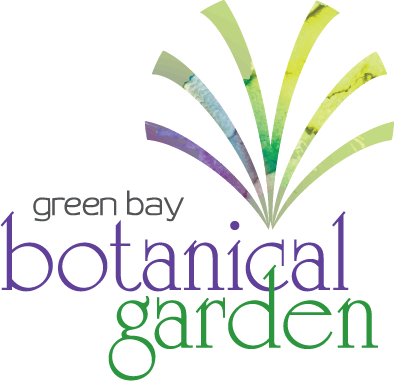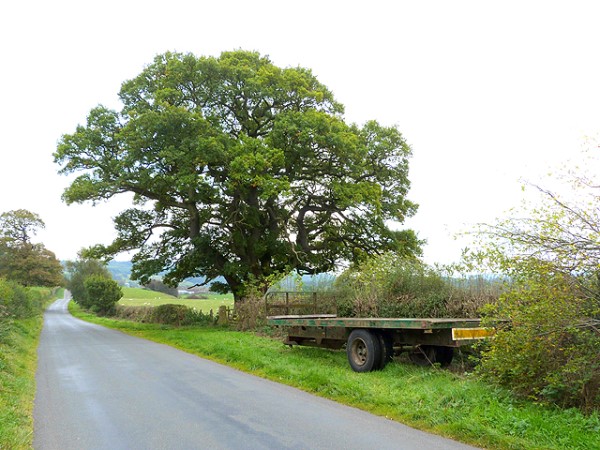Want to get away from it all? Some days, we could all use a mindful minute in nature, and sensory gardens are the perfect location. They’re specially crafted to appeal to the senses and create a calm and grounded environment. They can certainly be enjoyed by anyone, but they’re especially beneficial to those with sensory processing issues like autism and other disabilities.3

This month, the Garden has partnered with Aspiro to promote their No Limits Ability Awareness Campaign, which highlights how we’re more alike than different. Together, we aim to reduce the stigma around disability in the community, and show that having a disability doesn’t prevent people actively participating in activities like gardening. So, let’s make your perfect sensory garden!
Getting Started
To preface, the ideal sensory garden is going to look different for every individual.3 Depending on your level of stimulation, you may want to add more or less sensory elements. Your garden should never feel overwhelming. If you have a small space, a sensory garden doesn’t have to be big. You could even scale the concept down to a flower pot if that’s what you’re working with.4 Now that that’s covered, what elements do you want to incorporate?
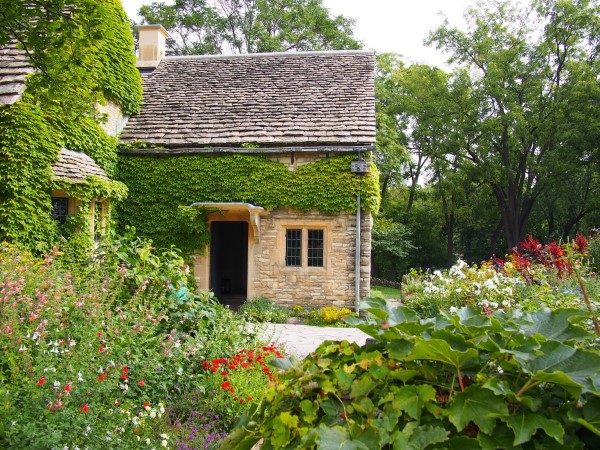

Sight
The most obvious sense for your garden can appeal to is sight; who doesn’t love a beautiful garden. If you’re looking to maximize your visual impact, consider different elements of design, like color, height, and texture. By having variety, the plants will contrast each other and create interest.
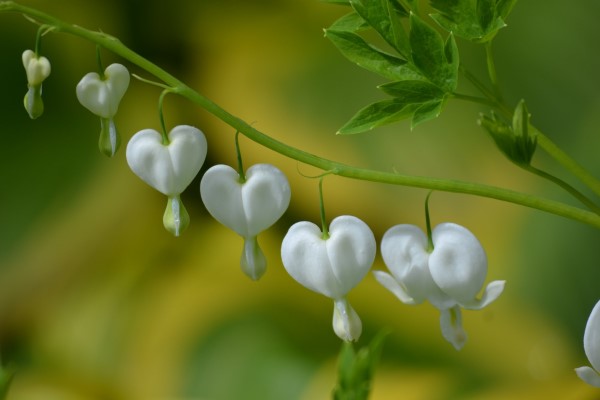

Blooms like delphinium, coneflowers, zinnias, and sunflowers are a great way to add height to your garden. Bleeding hearts, butterfly weed, and cockscomb have interesting shapes and textures. For an easy way to incorporate different colors, purchase a seed or bulb mix!2
Sound
Now, sound is a little trickier, but there are a few plants that do the trick! Pigsqueak is a unique plant that gets its name from the squealing noise the leaves make when rubbed together. It can be a fun addition, but the sound may not be for everyone.
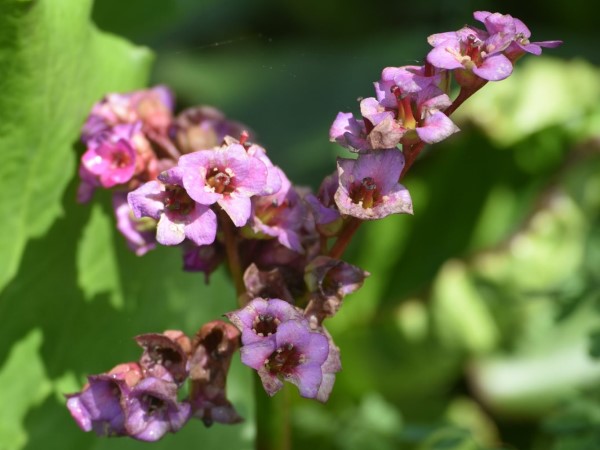

Ornamental grasses are more therapeutic and make great background noise as they sway against each other in the wind.2 There are also non-plant options. Many people find water fountains, wind chimes, and bird noises relaxing. To attract birds, consider incorporating a bird bath or feeder. Plus, they’re fun to watch!1
Touch
There are so many plants with great textures! If you’re looking for something soft and satiny, there are plenty of options like lambs’ ears, satiny wormwood, and wooly thyme, which also doubles as an herb.2 Feathery ferns also come in a variety of different leaf shapes and can be a wonderful addition. Remember to avoid adding prickly plants or flowers with thorns to your garden.1 Your sensory garden should be a safe place for exploration, not a hazard.
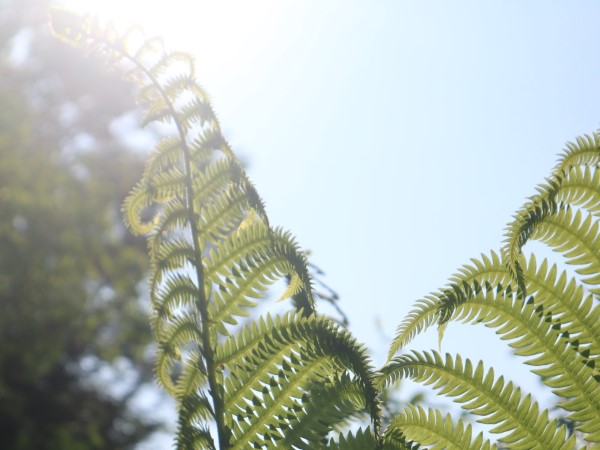

Smell
What you add for scents will vary greatly depending on your preferences, and that’s okay! Daffodils, hyacinths, and lily-of-the-valleys are all very sweet and floral, but that’s not always for everyone.
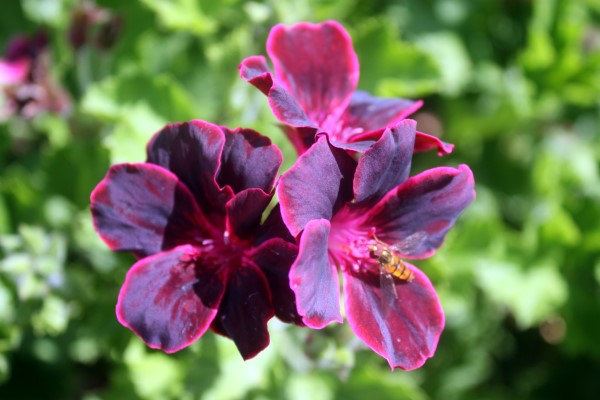

For something with a less overwhelming aroma, you may want to look into planting some herbs like creeping thyme, catmint, or sage. Herbs don’t smell as strong until you tear or rub their leaves, so you won’t be in a constant cloud of fragrance if that’s something that bothers you. If you’ve got a sweet tooth, some fun options are anise hyssop and chocolate cosmos. Anise hyssop smells like black licorice,2 and chocolate cosmos actually smells like chocolate!3
Taste
There are plenty of edible options to add to your sensory garden too. Fruit and vegetable plants are a great option because you can eat them right off the plant.3 They’re also very familiar, so it’s easy to know what flavors to expect. Herbs are delicious, but a little bit trickier because they generally don’t taste as good by themselves. Still, they’re a delicious addition to just about any recipe, and a great choice for an eager cook.2
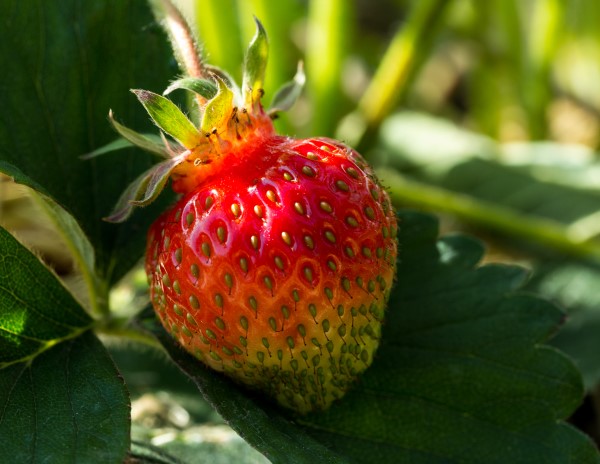

Now that you’ve got some tips, make sure you look for some in-person inspiration for your sensory garden during your next visit to the Garden!
Sources
- “Gardens for the Senses.” Better Health Channel, 21 June 2005, www.betterhealth.vic.gov.au/health/healthyliving/gardens-for-the-senses.
- Graper, David. “Creating a Sensory Garden.” SDSU Extension, 7 Mar. 2019, extension.sdstate.edu/creating-sensory-garden.
- “Sensory Garden Benefits.” Planet Natural, 31 Aug. 2019, www.planetnatural.com/sensory-gardens/. “Sensory Gardens.” University of Florida, Institute of Food and Agricultural Sciences, gardeningsolutions.ifas.ufl.edu/design/types-of-gardens/sensory-gardens.html. Accessed 13 July 2023.
